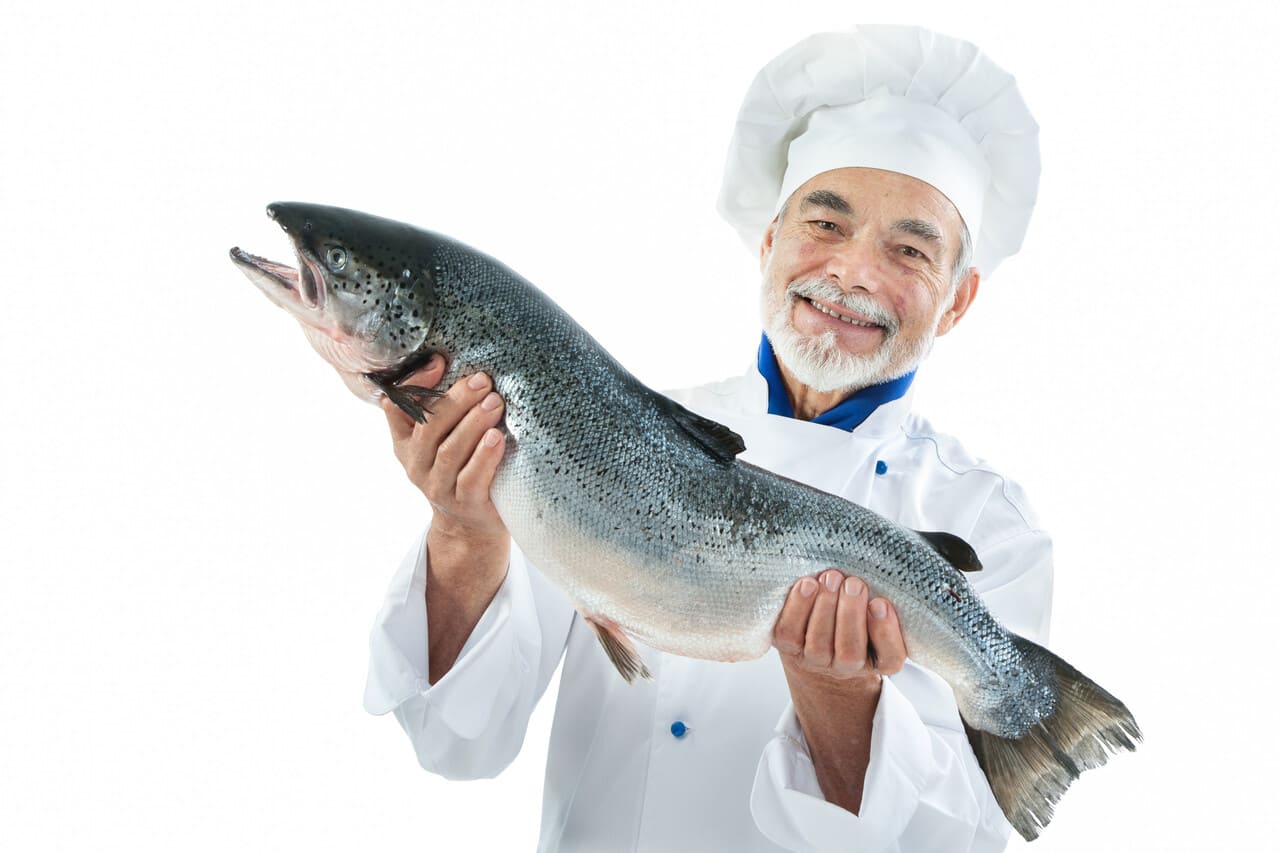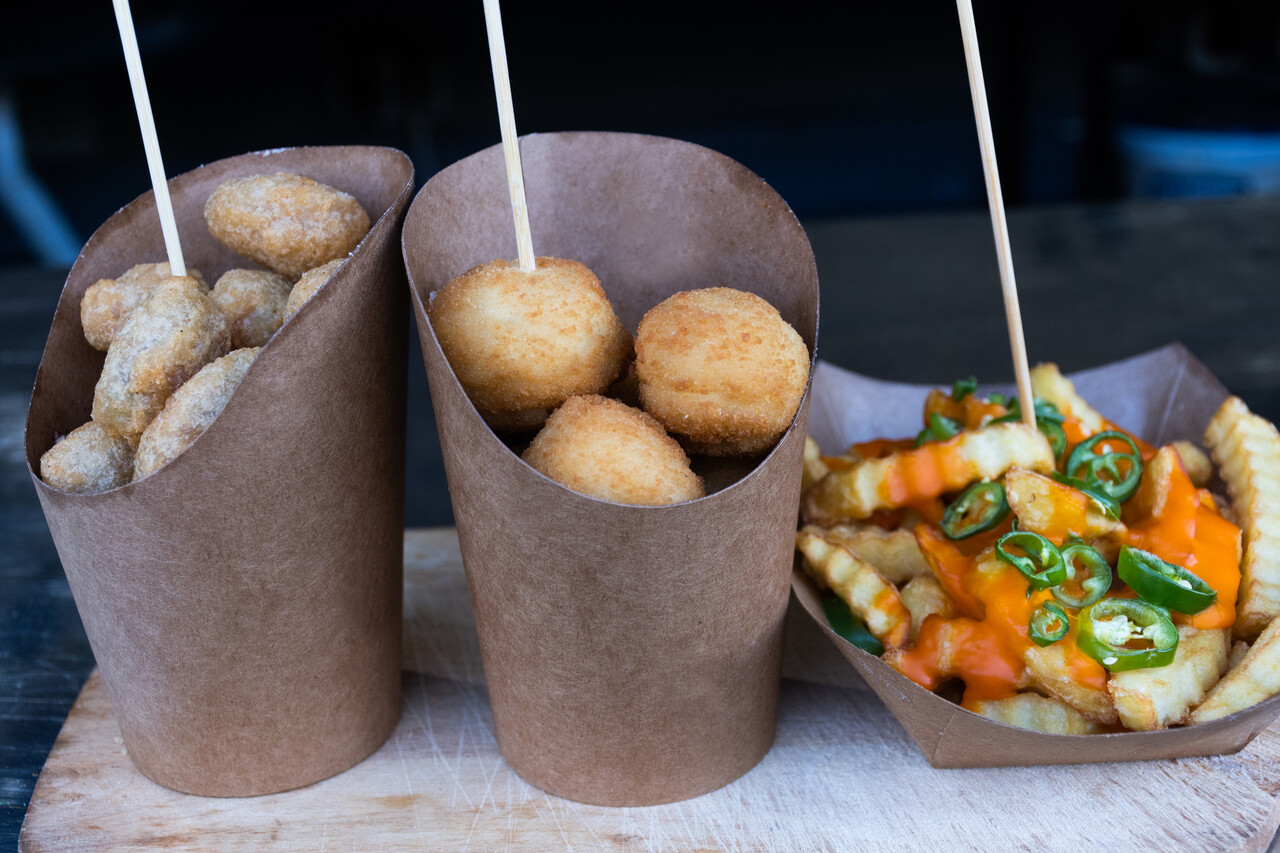The Real Difference Between Red Onions and Yellow Onions
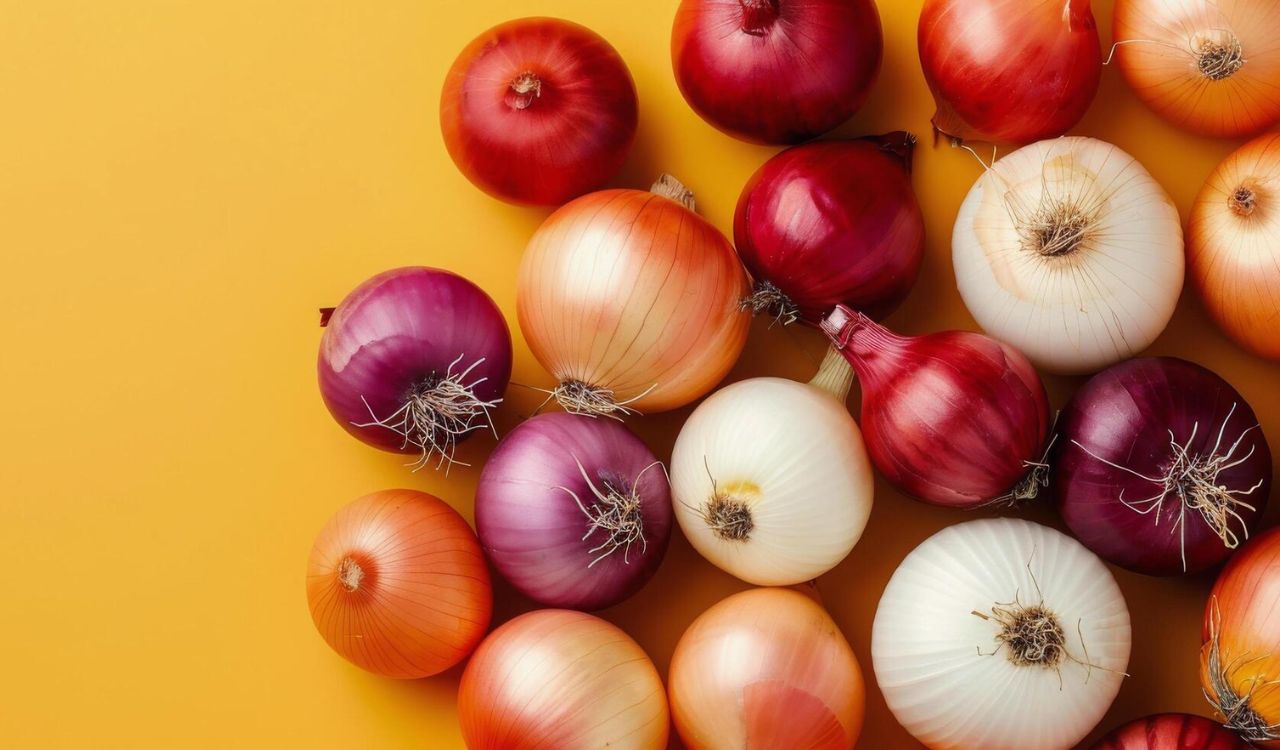
Onions are the foundation of countless dishes, from hearty stews to fresh salads. But walk through any grocery aisle, and you’ll find several varieties side by side, each promising a slightly different flavor and texture. Two of the most common, red and yellow onions, are often used interchangeably, yet they are far from identical.
Their differences affect taste, color, and even nutrition. Understanding what sets them apart helps you choose the right one for your cooking, whether you’re making a raw salad, caramelized side, or simmering soup.
Color and Appearance

Red onions are instantly recognizable for their purplish-red skin and striking white flesh with red rings. The color comes from a group of plant pigments known as anthocyanins, which not only create the vibrant hue but also act as natural antioxidants. These compounds contribute to the onion’s nutritional profile and make red onions visually appealing when sliced into salads, pickles, or sandwiches.
Yellow onions, on the other hand, have golden-brown outer skins and pale yellow to white interiors. Their layers are thicker and juicier, and they are often larger than red onions. Because they are rich in sulfur compounds, they develop a deeper and more complex aroma when cooked. While they may not stand out visually in a raw dish, yellow onions more than make up for it with their flavor versatility.
Flavor and Cooking Behavior
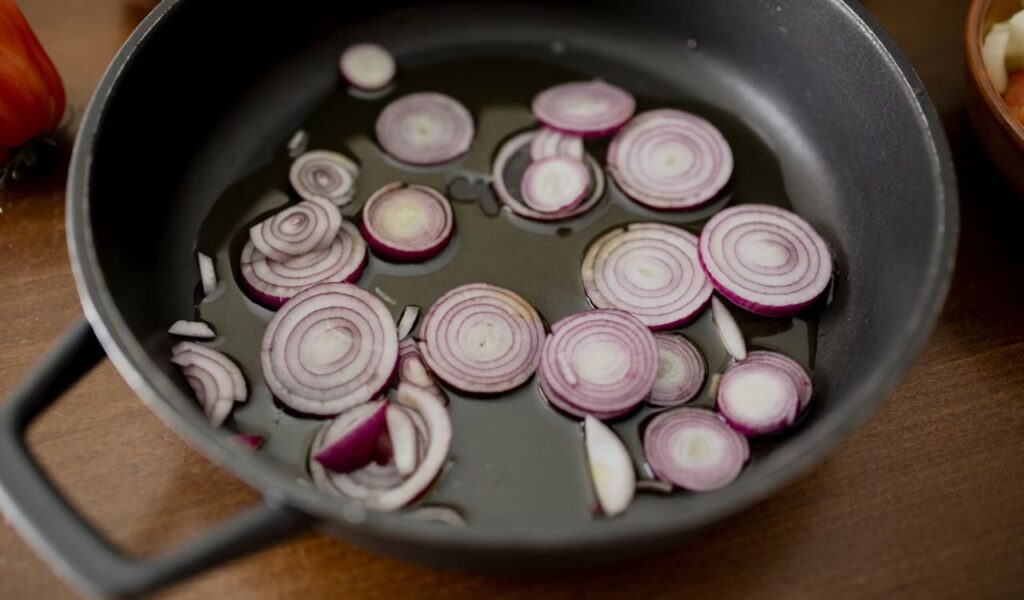
Raw Use
Red onions are often the top choice for raw applications. Their crisp texture and mildly spicy bite add dimension to salads, salsas, and sandwiches. When thinly sliced and served uncooked, they provide a refreshing crunch and subtle sharpness. Soaking them in cold water before use softens the flavor slightly without dulling their vivid color.
Yellow onions have a more pungent flavor when raw, with higher sulfur content giving them a stronger bite. For this reason, they are less common in raw dishes. However, if you prefer boldness, thin slices of yellow onion can still enhance burgers or tacos when used sparingly.
Cooking and Caramelizing
When heat enters the picture, the yellow onion takes center stage. Its high sugar content and robust structure make it ideal for caramelizing. As it cooks, its sulfur compounds break down and natural sugars develop, creating a sweet, savory flavor that forms the backbone of soups, sauces, and roasted dishes.
Red onions can also be cooked, but their color tends to fade and sometimes bleed into the dish. When roasted or grilled, they develop a mellow sweetness but remain less sugary than yellow onions. For visual impact and mild sweetness, roasted red onion wedges can complement Mediterranean or Mexican dishes beautifully.
Nutrition and Health Benefits
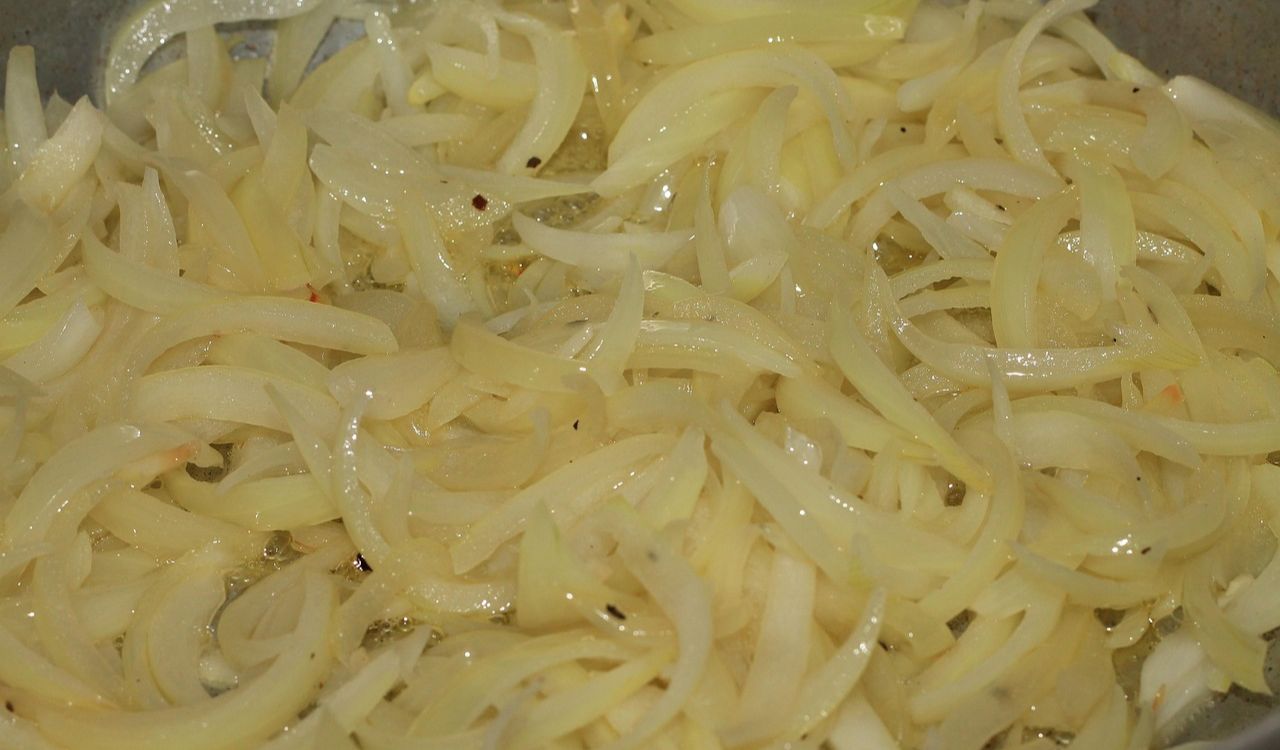
Both red and yellow onions are nutrient-dense while being low in calories. One medium onion provides around 45 calories and offers vitamin C, vitamin B6, manganese, and potassium. However, red onions contain higher levels of flavonoids and anthocyanins, which contribute to their antioxidant power. These compounds help protect cells from oxidative stress and may support heart health.
Yellow onions, though lighter in color, are slightly higher in certain minerals like calcium and zinc. They are also rich in quercetin, a plant compound linked with anti-inflammatory effects and improved immunity. In terms of overall nutrition, the two types are very similar, but red onions have the edge when it comes to antioxidant content.
Cooking can reduce some heat-sensitive nutrients such as vitamin C, but it also helps release beneficial sulfur compounds that may support cardiovascular health. Eating onions regularly, whether red or yellow, is associated with potential benefits for blood pressure, digestion, and general wellness.
Storage and Shelf Life
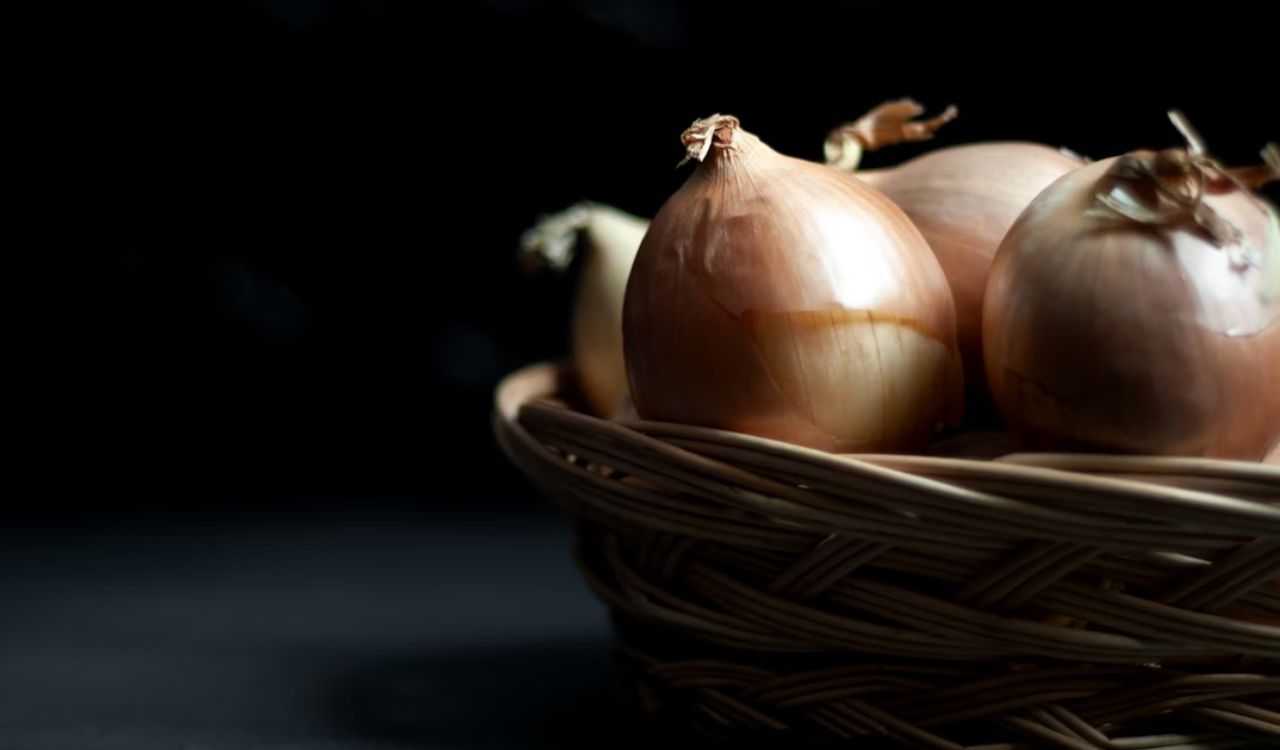
When it comes to longevity, yellow onions have the advantage. Their thicker, papery skins and lower moisture content allow them to store longer at room temperature. A whole yellow onion kept in a cool, dry, and dark environment can last for up to two months.
Red onions, with their higher water content, have a shorter shelf life, typically three to four weeks under the same conditions. They should be stored away from potatoes, as the gases released by both can accelerate spoilage. Once cut, any onion should be wrapped tightly or placed in an airtight container in the refrigerator and used within several days.
Proper ventilation is key to preventing mold or rot. Mesh bags or perforated baskets work better than sealed plastic, ensuring that onions stay dry and fresh longer.
How to Use Each Type in Cooking
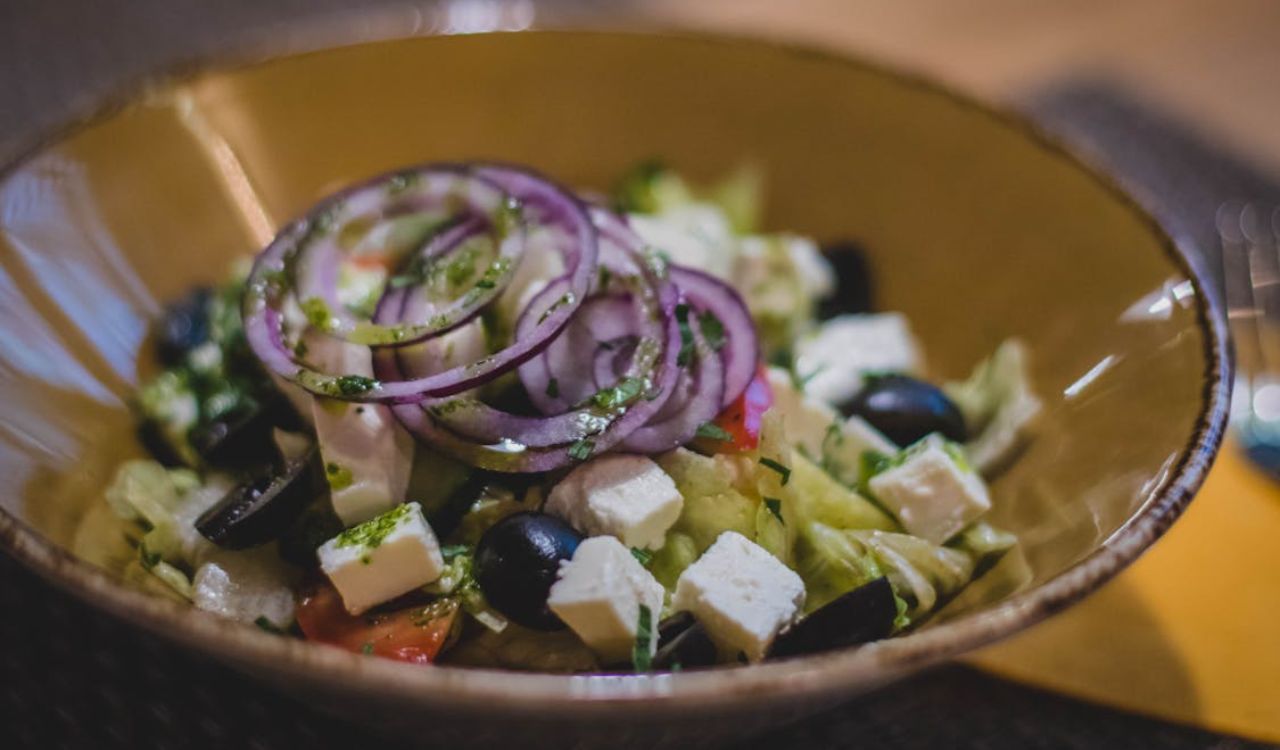
Best Uses for Red Onions
Red onions shine in dishes where color and crunch matter. Their mild bite adds brightness without overpowering other ingredients. Ideal uses include:
- Fresh salads and salsas
- Pickled toppings for tacos or burgers
- Grilled skewers or kebabs
- Cold pasta salads or antipasto platters
When pickled, red onions take on a slightly pink hue and tangy flavor that elevates sandwiches and rice bowls.
Best Uses for Yellow Onions
Yellow onions are the all-purpose variety that can handle nearly any cooking method. Their balanced flavor becomes sweet and mellow when exposed to heat. Try them in:
- Soups, stews, and sauces
- French onion soup or onion gravy
- Roasted vegetables or sheet-pan dinners
- Stir-fries or pasta dishes
Their versatility and low cost make them a kitchen staple for both professional chefs and home cooks.
Can You Substitute One for the Other?
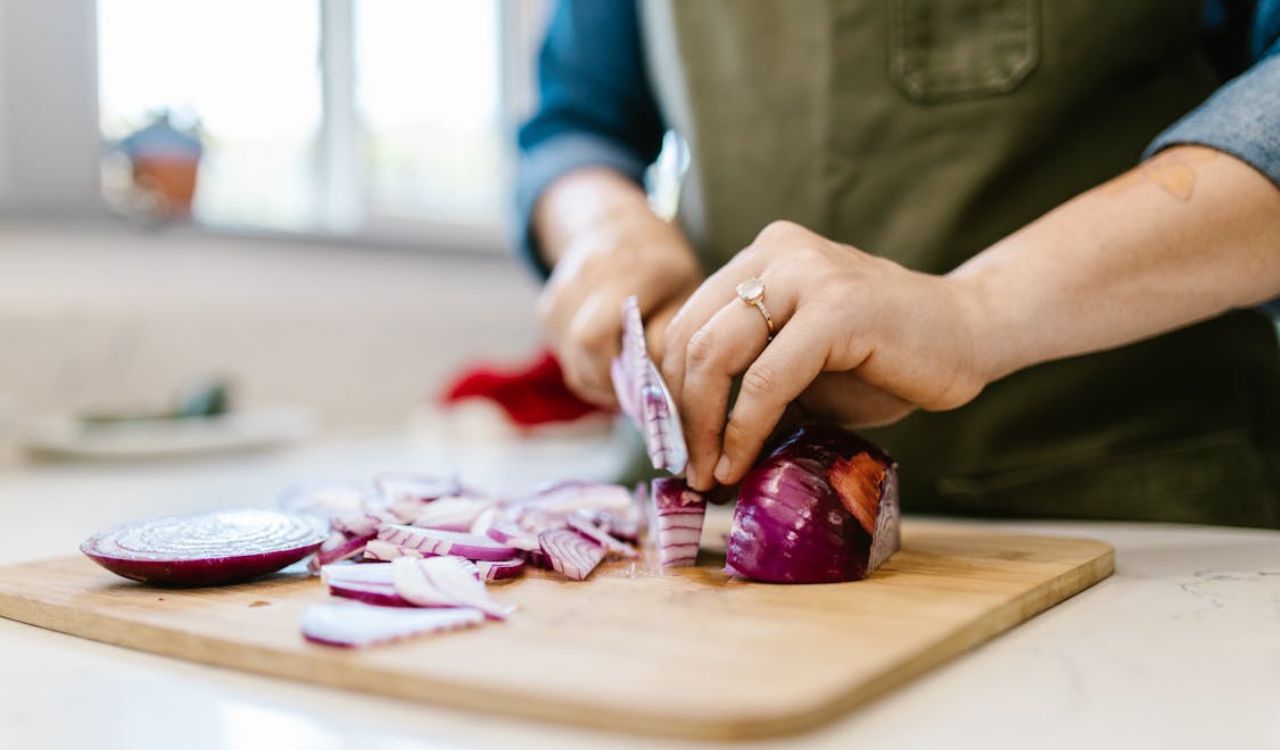
In most cooked recipes, yes. Yellow and red onions can often be swapped without drastically altering the dish. However, there are a few things to keep in mind. When red onions are cooked, their color fades and can tint lighter ingredients. Meanwhile, yellow onions used raw may taste too sharp unless sliced thinly or soaked briefly in water.
If you must substitute, think about texture and appearance. Red onions can replace yellow ones in stews or stir-fries where color isn’t an issue, while yellow onions can substitute for red in salads only if you want a more pungent taste. Both onions complement garlic, herbs, and olive oil beautifully.
Price and Availability

Yellow onions are the most widely available and often the cheapest. They are grown year-round and sold in large bags in most grocery stores. Red onions, while also easy to find, tend to cost slightly more due to smaller crop yields and higher demand for their color and texture in raw dishes.
Because of their consistent flavor and cooking reliability, yellow onions are often used commercially in sauces, soups, and frozen meals. Red onions, on the other hand, are more popular in fresh applications and restaurant presentations for their aesthetic appeal.
The Bottom Line

The real difference between red and yellow onions comes down to how you plan to use them. Red onions bring a crisp texture, bright color, and antioxidant benefits that make them perfect for salads, pickles, and sandwiches. Yellow onions, with their rich flavor and caramelizing ability, form the backbone of cooked dishes and sauces. Both offer nutrients, versatility, and depth of flavor.
Choosing between them is not about right or wrong. It’s about pairing the onion’s natural qualities with the right cooking method. Keep both on hand, and you’ll always have the ideal onion for any dish, whether you want bold crunch or savory sweetness.
References
- Onion Nutrition & Calories – Complete Data of All Nutrients- Foodstruct.com
- Red Onion vs. Yellow Onion: An Expert Explains the Difference- SimplyRecipes.com
- Onions: Health Benefits and Nutrition- WebMD.com
- Onions 101: Nutrition Facts and Health Effect- Healthline.com


